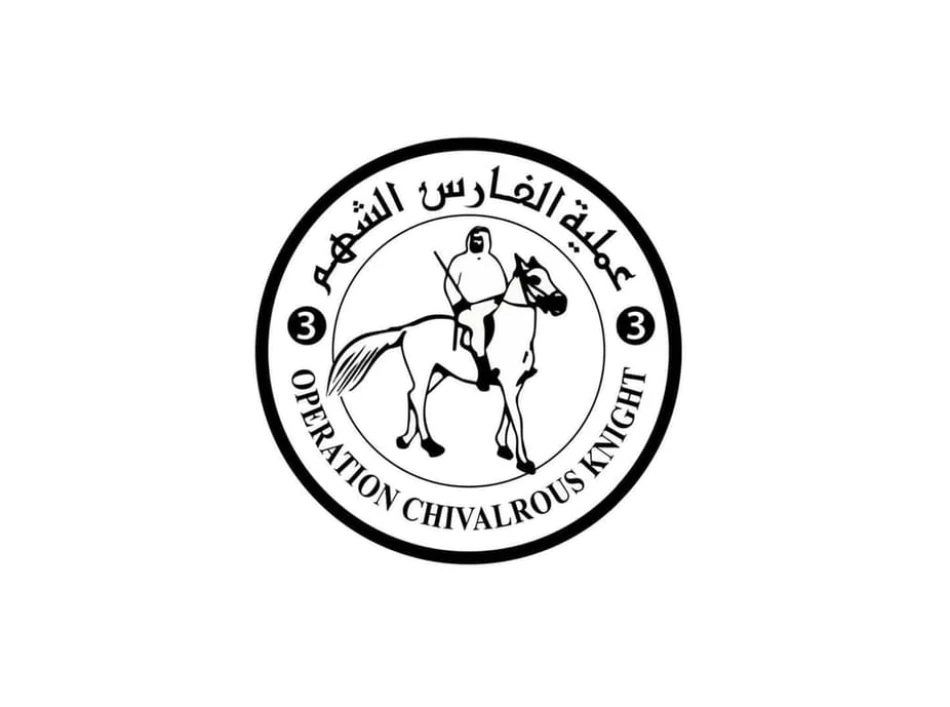
UAE Airlifts Vital Aid for Gaza Strip in 73rd Humanitarian Mission
UAE Delivers 73rd Airdrop to Gaza as International Humanitarian Coalition Expands
The United Arab Emirates has completed its 73rd humanitarian airdrop to Gaza, marking a significant milestone in what has become one of the largest sustained international relief operations in the region. The mission, conducted under the "Birds of Goodness" initiative within the broader "Gallant Knight 3" operation, now includes nine countries and has delivered nearly 4,000 tons of aid to Palestinian civilians trapped in the besieged territory.
Growing International Coalition Signals Diplomatic Shift
The latest airdrop operation demonstrates the UAE's ability to build and sustain international partnerships for humanitarian purposes. Working alongside Jordan as a primary partner, the coalition now includes Germany, Italy, Belgium, France, Denmark, the Netherlands, Singapore, and Indonesia—a diverse group spanning European, Asian, and Middle Eastern nations.
This multinational approach represents a pragmatic diplomatic strategy that allows countries to provide humanitarian assistance while navigating complex political sensitivities surrounding the Gaza conflict. The inclusion of both Western allies and regional partners suggests the UAE has successfully positioned itself as a neutral facilitator in humanitarian operations.
Scale and Logistics of the Relief Effort
Massive Tonnage Delivered
The 73 airdrops have delivered over 3,988 tons of essential supplies, including food and critical necessities. This volume represents a substantial logistical achievement, requiring coordination of aircraft, flight paths, ground operations, and international airspace permissions across multiple jurisdictions.
The operation's sustainability—maintaining regular deliveries over an extended period—indicates sophisticated supply chain management and financial commitment that extends well beyond symbolic gestures.
Funding and Resource Mobilization
The latest shipment was prepared with support from UAE charitable institutions and organizations, highlighting the country's model of combining government resources with private sector and civil society contributions. This hybrid approach has proven effective in other UAE international aid operations, from disaster relief in Pakistan to refugee assistance programs.
Strategic Implications for Regional Diplomacy
The UAE's sustained humanitarian leadership in Gaza serves multiple strategic objectives beyond immediate relief. The country has positioned itself as a reliable partner for Western nations seeking to provide aid while maintaining diplomatic flexibility in the Middle East.
For European partners like Germany, France, and Italy, participating in UAE-led operations provides political cover and logistical efficiency. Rather than mounting independent operations that might face greater political scrutiny, these countries can contribute to established humanitarian channels.
Comparison with Global Humanitarian Responses
The scale and duration of the UAE's Gaza relief effort mirrors successful international humanitarian operations in other crisis zones. However, the sustained multinational participation sets it apart from typical emergency responses, which often see international attention fade after initial media coverage.
Singapore's participation is particularly notable, as it represents the city-state's broader strategy of supporting multilateral humanitarian efforts as a means of maintaining international relevance despite its small size. This mirrors Singapore's approach to climate finance and disaster relief in Southeast Asia.
Long-term Sustainability Questions
While the 73rd airdrop represents impressive operational consistency, questions remain about the long-term sustainability of this approach. Airdrops, while politically feasible, are among the most expensive methods of delivering humanitarian aid per ton of supplies.
The operation's continuation will likely depend on the UAE's broader diplomatic objectives in the region and the willingness of international partners to maintain financial and logistical support. The involvement of charitable institutions suggests some diversification of funding sources, but government resources remain the primary driver.
The UAE's Gaza relief operation has evolved from emergency response to sustained international humanitarian infrastructure, demonstrating how middle powers can leverage humanitarian leadership to build diplomatic influence and international partnerships.
Most Viewed News

 Sara Khaled
Sara Khaled






